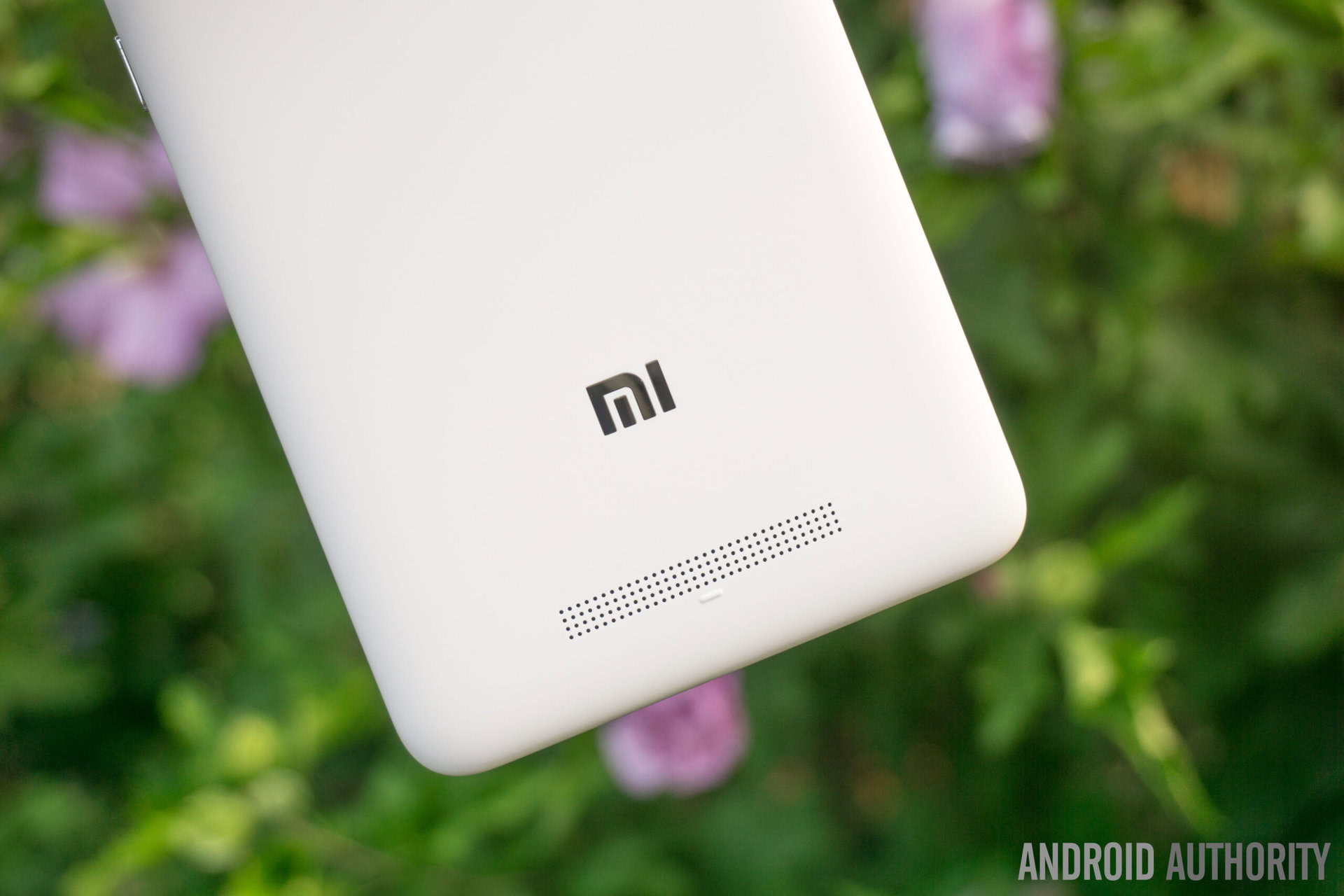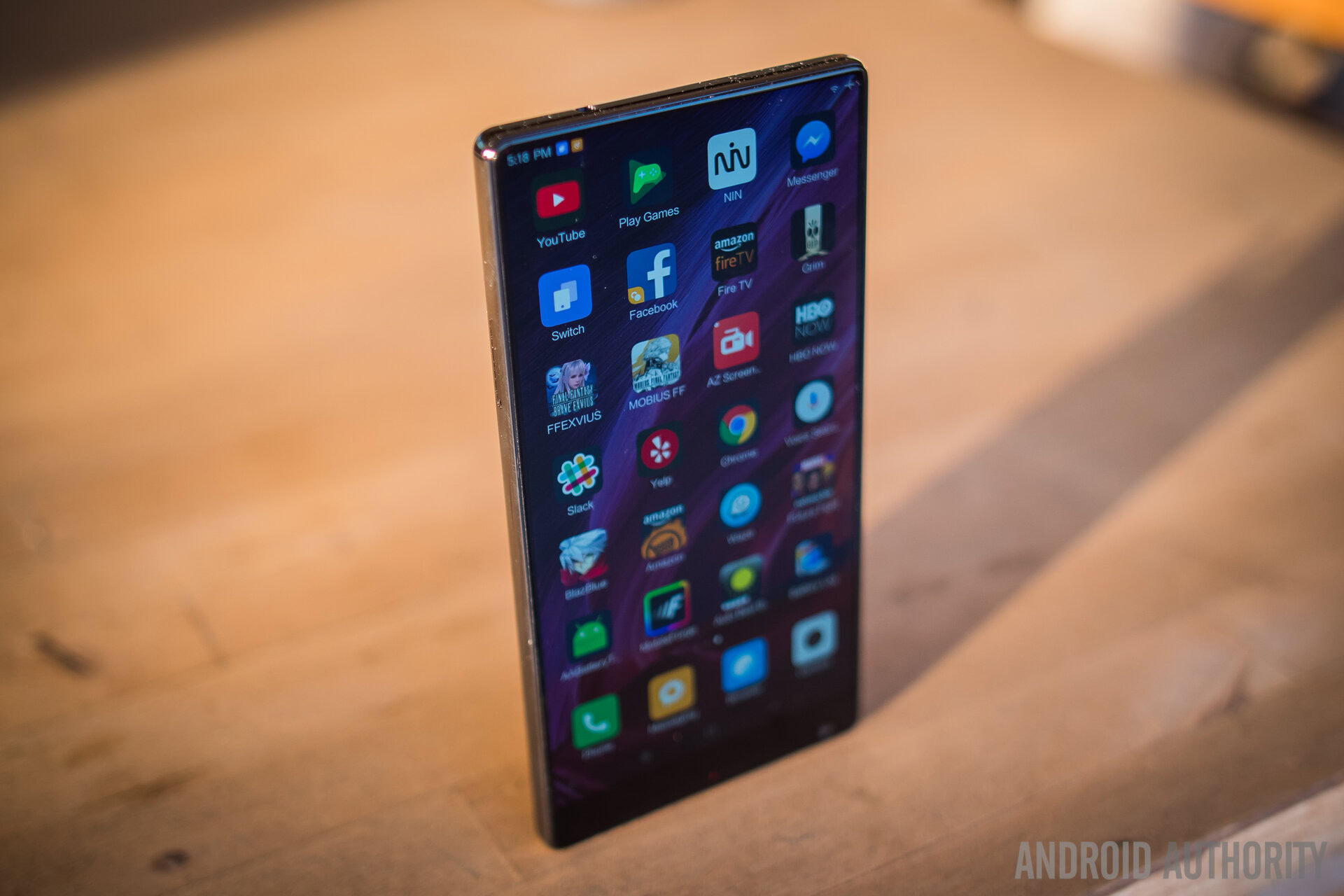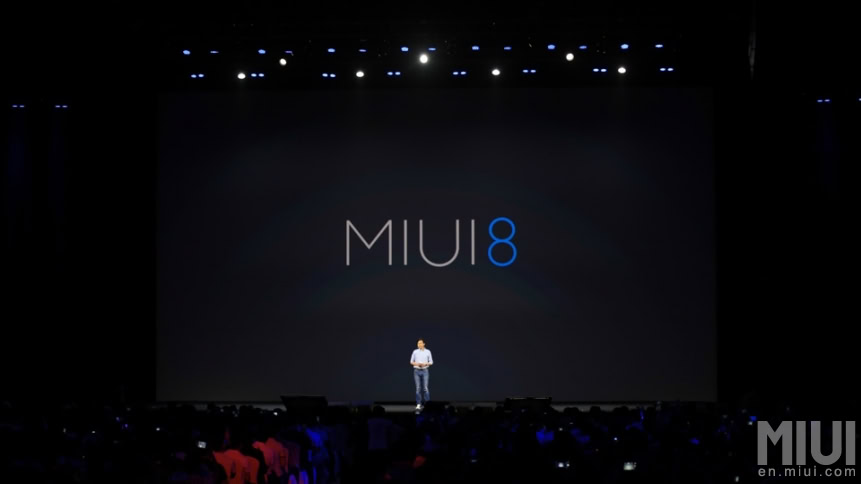Affiliate links on Android Authority may earn us a commission. Learn more.
Xiaomi is a huge hit in India, but not everyone is happy

If you’re a numbers person, Xiaomi is killing it in India. Last month, the company announced it had sold more than 500,000 smartphones in less than three days between October 1 to 3, an industry-first milestone. Later in the month, Xiaomi CEO Lei Jun published a note on Xiaomi India’s Facebook page announcing the company’s latest milestone having sold 1 million smartphones in just 18 days as the online retailers in the country went on an overdrive for the festive season.
India is an extremely important market in Xiaomi’s globalization strategy and their largest market outside of mainland China, and per Lei Jun’s post, Xiaomi aims to capture the largest market share in India within 3-5 years.
Yet, all is not well. My Twitter and Facebook timeline is full of rants against what are great devices. Poor after-sales support experience, non-availability of spare parts, and long wait times for getting devices serviced have hurt customer experience and brand reputation. In an informal poll I did on Twitter asking about issues with Xiaomi in India, ‘after-sales service’ garnered over 40% of votes.
According to a Xiaomi spokesperson, the company is transitioning the most critical parts of our after-sales operations in-house, aiming for a significant improvement in the service. As part of this transition, Xiaomi is updating its processes further to ensure the quick resolution of complaints, and has already initiated a dedicated spare parts warehouse in Bangalore.
“We believe that this will result in a significant increase in customer satisfaction. We have invested hundreds of millions of dollars in our India business and we have never been shy in acknowledging that a significant portion has been dedicated to after-sales. Within two years of operation, the company has more than 100 service centers in the country, of which 70+ are exclusive service centers. I am positive that all our efforts will result in a much better after-sales and customer care experience to our users in the next few weeks.”

One of the constant cribs about Xiaomi comes from geeky audience who keeps a tab on global news and trends. A lot of Xiaomi devices never make it to India despite generating a lot of buzz. Not just smartphones, Mi Band and Mi Air Purifier are the only two smart home products from the Chinese company to be officially launched in India. Incidentally, a lot of that annoyance is caused by the regional media. Because it’s a popular brand, publications in India are happy to cover devices launched in China knowing well that they are not making their way to India. By privileged access, a lot of us acquire those devices and publish features around them generating interest amongst Indian consumers.
The Xiaomi spokesperson clarified that the company has a strategy of launching one flagship per year and this year it is Mi 5 and next year they will have another flagship phone. The flagship phone market in India is still very small and they intend to keep flagship portfolio very tight in India.
“Xiaomi is still new and learning in India with a small team and we need to plan our portfolio very cautiously. In our home market – It is extremely well known and quite popular and we are able to launch a diverse portfolio of devices.”
But the ‘availability’ issue is not just limited to limited devices being launched in the country, but also getting your hands on one of their devices after you’ve made the buying decision. Xiaomi entered the Indian market in July 2014 with a unique ‘Flash Sale’ model with Flipkart. While the entire stocks got sold out in seconds, and the company sent gloating press releases about it, it increasingly became hard to buy a Mi smartphone. The flash sales evolved into open sales, and Xiaomi extended its partnership with Amazon and Snapdeal as well, but limited stocks and no offline availability irks a lot of potential buyers. For people like me, it’s hard to recommend a device to a reader or a friend that is hard to procure.
Even in their home country, vivo and OPPO recently edged out Xiaomi as China’s top phone makers. The former top smartphone maker, Xiaomi has dropped down to number four with a market share of 10.6 percent.
“Xiaomi needs a hero flagship device in premium to drive mindshare to compete with much more focused R&D and manufacturing driven brands such as OPPO, vivo, Apple and HUAWEI. Also, lack of presence in offline space has been one of the determinants for Xiaomi’s slowing growth as its e-commerce driven business model has hit a ceiling.”– Meng Zhang, Senior Analyst, Counterpoint Research

Despite the popularity of Xiaomi smartphones in India, and in other markets, a lot of users aren’t too happy with MIUI, the company’s proprietary Android customization. It’s a well thought out UI, and packs in a lot of neat utility features and advanced capabilities, but the Android layer underneath isn’t updated as quickly as users would like. There are a lot of MIUI fans, mind you, and the company does a better job at custom skin than most smartphone manufacturers, but MIUI lives on a dated Android version far too long than one would like.
With grand visions for the Indian market, and upcoming entry into the unforgiving US market next year, Xiaomi needs to iron out these issues if they want to build a brand and not just be contented with sales numbers. It’s a crowded market out there, and people are happy to jump ships for better value and experience, and rightly so.